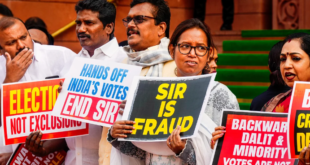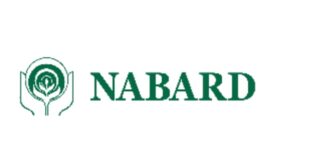Jubilee News Desk
The Aam Admi Party (AAP) has in a major step decided to contest assembly election in the Uttar Pradesh in 2022 and the announcement has surprised but not many. The part had been making ground since over a year through various campaigns.
But how does it impacts state’s electoral arena. The big question has some part of the answers in the campaigns that the party has been running in the region. Particularly against the alleged corruption in various segments.
AAP has already asked for a debate over conditions of the schools in Uttar Pradesh as compared to Delhi schools.
Also read: NFHS-5: Unmet family planning needs witness decline
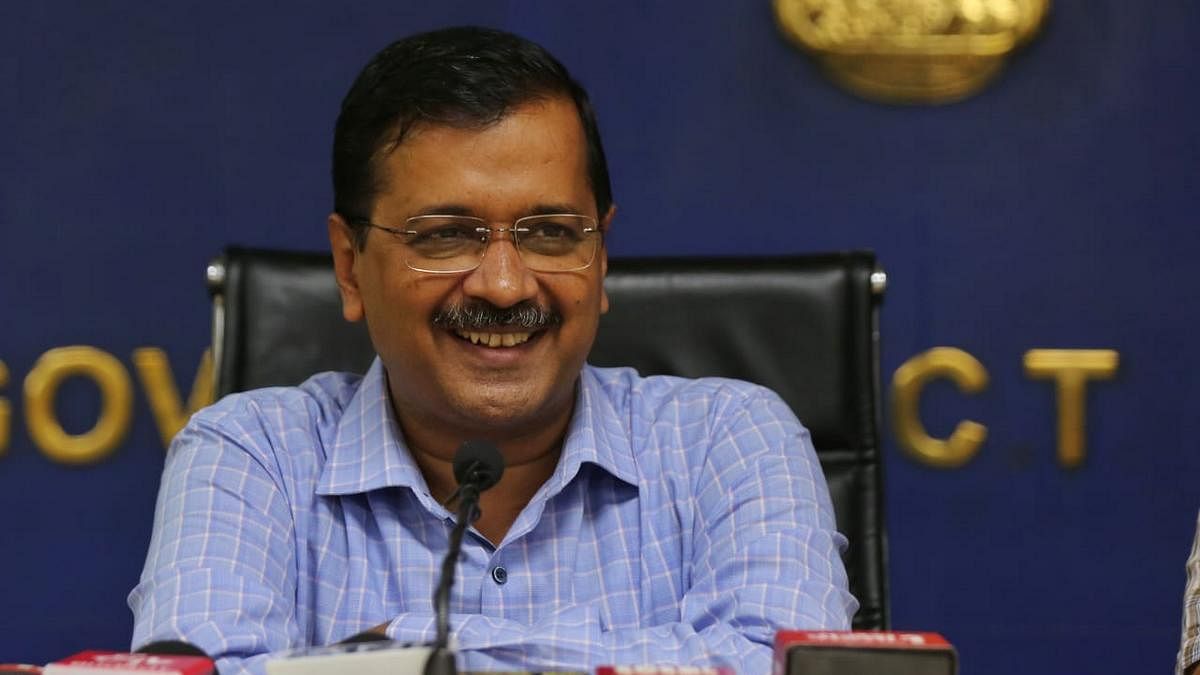
“Why do people from districts across Uttar Pradesh have to come to Delhi for healthcare, and education? Why can’t they avail that in their own state?” said Kejriwal made a statement when he announced the party’s plan to contest election in Uttar Pradesh.
Aam Admi Party (AAP) apart from the Anna Hajare campaign against corruption was in the news in the state when Arvind Kejriwal had contested general election against Narendra Modi on the Varanasi parliamentary constituency in 2014.
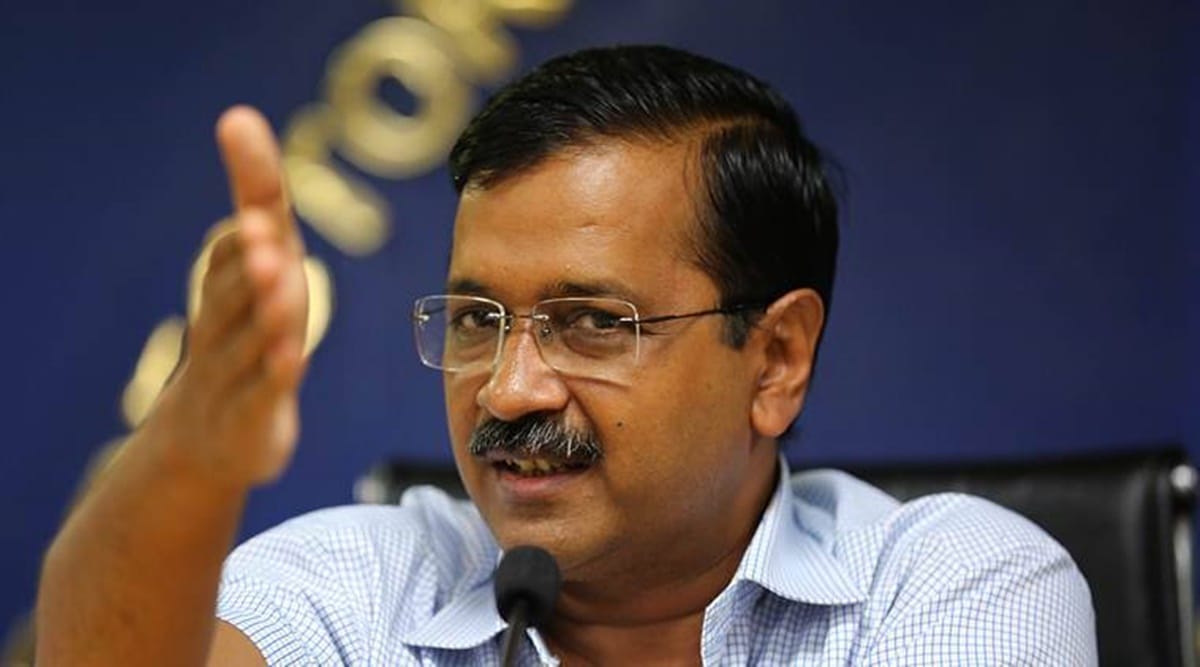
Both the leaders were contesting election from Varanasi seat for the first time. While Narendra Modi got 5,81,022 votes which were 56.37% and a gain of +25.85% for the party the AAP candidate Arvind Kejriwal got 2,09,238 votes which was 20.30%. The BJP in general election 2009 had got 2,03,122 votes when Murli Manohar Joshi had won the seat against nearest contender Mukhtar Ansari.
Also read : AAP to join farmers’ fast
Those privy to the election in Varanasi had witnessed how the AAP had gained votes with the help of party volunteers that included groups of students and professionals who came together during the campaign period and then stayed united to give the campaign a political platform. A well-coordinated effort was there in the parliamentary constituency.

“In 2022 polls, AAP will contest Uttar Pradesh elections. If Sangam Vihar can have Mohalla Clinics, so can Gomti Nagar,” Kejriwal had said. Gomti Nagar is the posh locality developed in the past 20-years and now had some of the big hotels, institutes, corporate offices and residences of high profile people.
“UP politics lacks good intent, which the AAP can bring in,” the Delhi chief minister said. There is an obvious opportunity for the AAP that the party has seen as voters rejected the BSP and SP after giving them full majority. If this time it is BJP then AAP can be an alternative, if the voter does not intend to repeat parties after giving them full majority, the biggest of which was for the BJP in 2017.
Though it is too early for precise election issues to come up but corruption and employment shall remain at the core. While healthcare which has grossly emerged during the pandemic period and education for better job shall also surround the core issues, among youngsters. How AAP raises one among them or bring more in to the political battler will be clear in the coming months as other parties such as the BJP, Samajwadi Party and the BSP also gear up for election.

BJP came to power after over a decade when BSP and SP had full majority. Now with another player apart from the old three parties the political battle will see an upsurge of activities possible after the vaccination for covid starts for the people in the new year.
The announcement to contest UP comes as the AAP registered its maiden win in the Goa Zilla Panchayat elections. The party opened its account with Hanzel Fernandes who won Benaulim seat in South Goa. The ruling Bharatiya Janata Party made big gains as it won 32 out of 49 seat in a clean sweep.
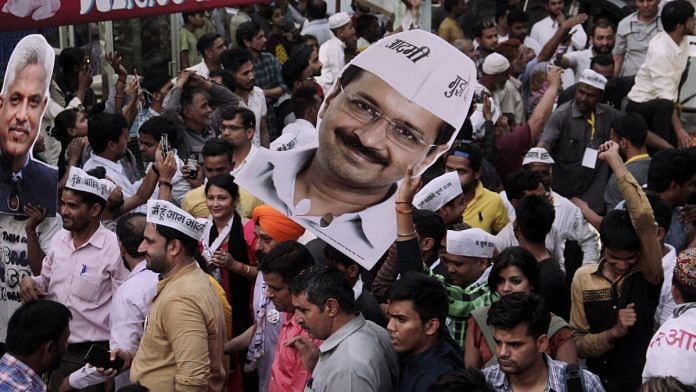
Before this, the AAP has contested in the Punjab, Goa, and Gujarat Assembly elections in 2017. With an ambition to go national, it has also contested in Meghalaya, Nagaland, Karnataka, Chhatisgarh, Madhya Pradesh, Rajasthan, Odisha and Telangana Assembly elections. The party has also debuted in Haryana, Maharashtra and Jharkhand Assembly elections.
In the 403-seat in UP assembly, BJP has 309, Samajwaadi Party 49, Bahujan Samaj Party 18, and Congress 7.
 Jubilee Post News & Views
Jubilee Post News & Views


